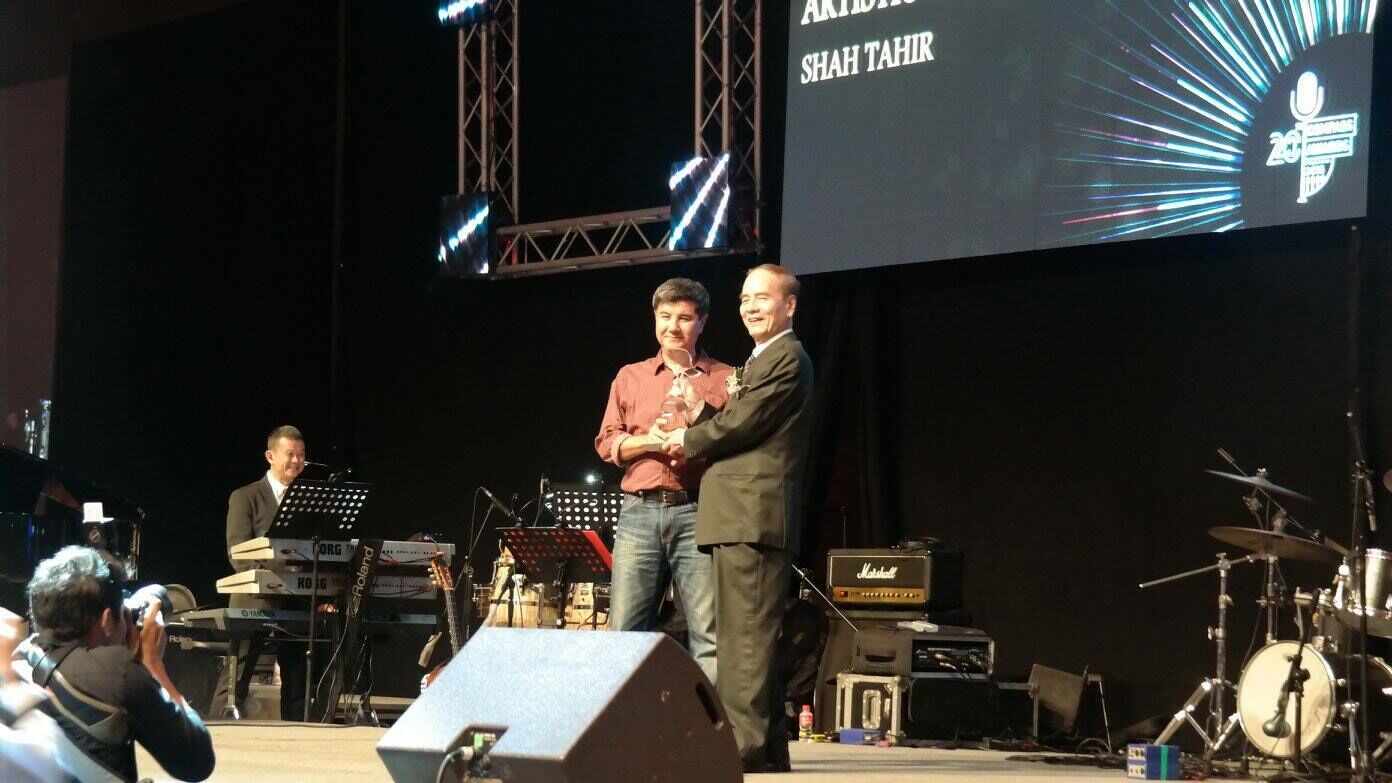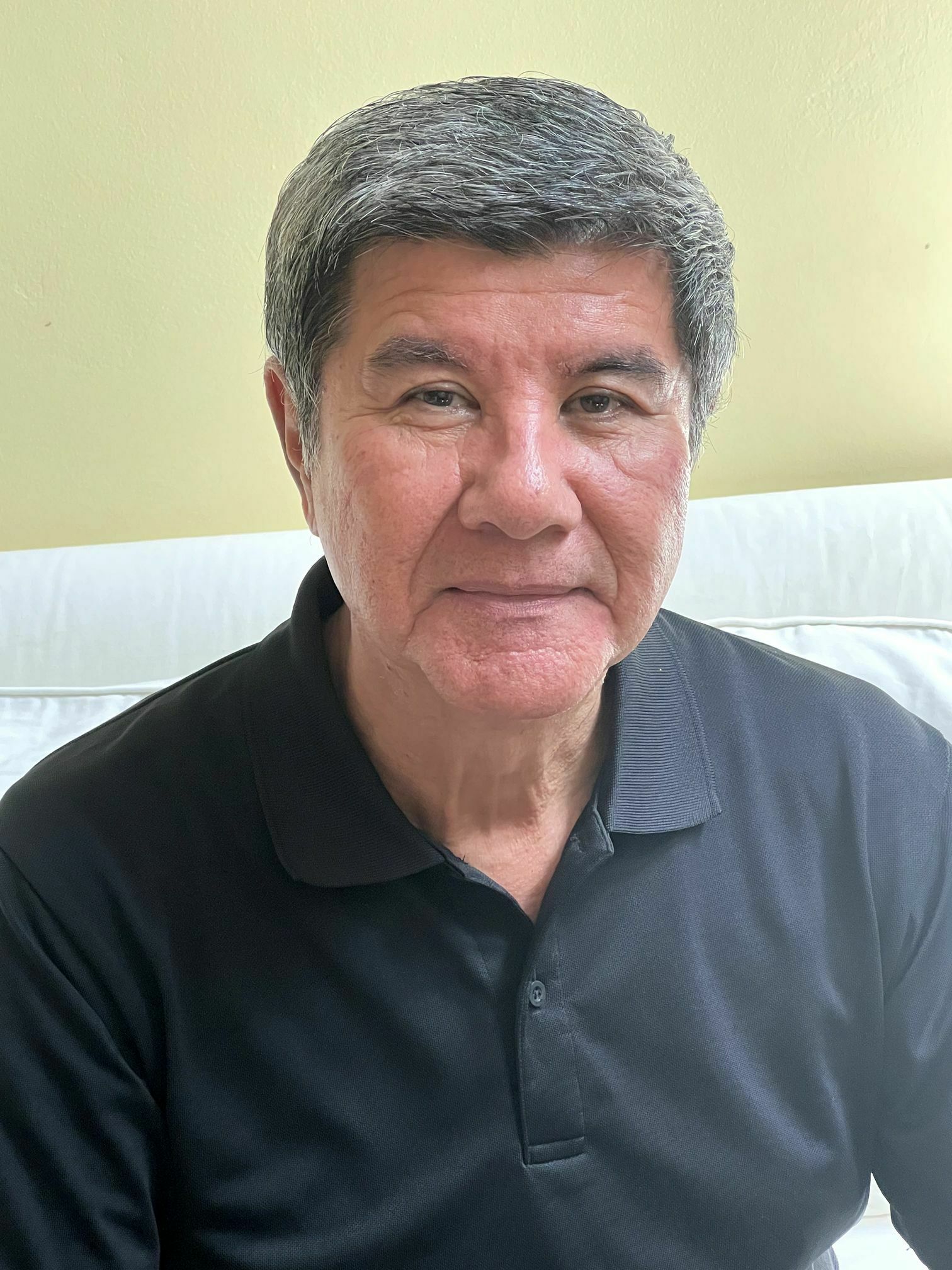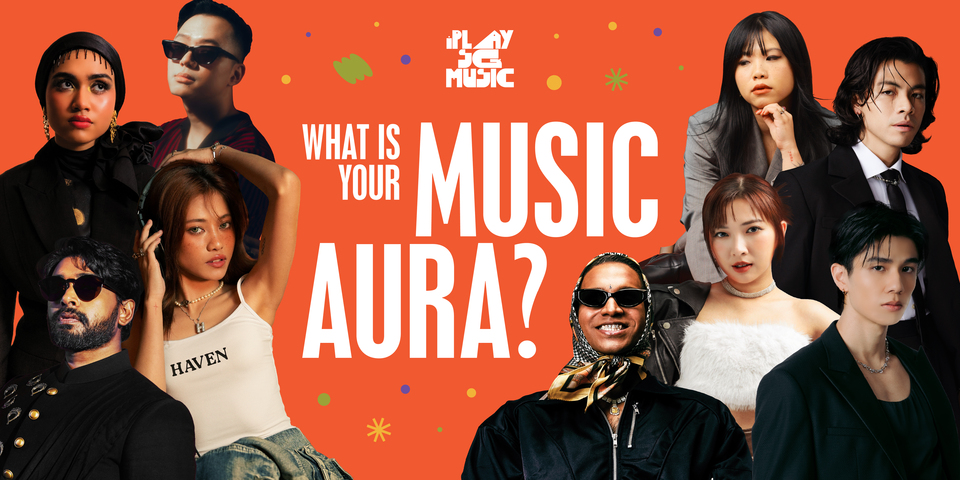Sound design is an aspect of any production that not many will immediately take notice of. Yet, when it is not executed well or omitted altogether, it is almost certain that the resulting experience will feel incomplete.
This is especially true for the NDP Show, an audiovisual extravaganza put together to celebrate the nation's birthday every year. But whenever veteran sound designer and engineer Shah Tahir takes the reins of its sound design department, you can rest assured that this aspect of the event is in the care of a very capable pair of hands (and ears).
Aside from having decades' worth of experience in working on live music events and theatre productions, he has served as the NDP Show's Sound Designer from 2004 to 2006 and from its 2009 edition to its most recent one on 9 August 2023.
But despite his impressive track record, Shah remains focused on finding ways to improve his craft and continue elevating the experiences of audiences.
On putting together the NDP 2023 Show, he says: "As I have done NDPs at the Padang before, I’m learning more about how best to accommodate all the requirements and challenges and still have a successful Show and better ones for the future."
In the penultimate part of Hear65's Behind NDP mini-series, Shah talks about working on NDP 2023 as its Sound Designer, reveals what challenges he had to overcome to make this year's event a reality, and explains what goes into good sound design.
Tell us a bit about yourself. How did you get into sound design and how long have you been a sound designer for?
Hi, my name is Shah Tahir, and I have been in the audio business for more than 30+ years. I’m still very active with work in the sound industry, including teaching live sound as a part-time lecturer at a local university and consulting for local firms dealing with audio equipment.
I guess I started getting into sound very early in my 20s working as a sound engineer in local recording studios such as Kinitex Studios and EMI Studios in the 70s. I was moving back and forth doing studio work and live sound during the 80s. Sometime in the early 90s, I got called to help do a theatre production and that started my interest in sound design. I was intrigued by the complexities of doing sound for theatre which was very different from studio work and regular concert-style shows. You are dealing with many aspects of the show, such as set design, lighting, and multimedia to make the production work from an audio point of view and must be collaborative in doing so, and I enjoy that very much.

"You are dealing with many aspects of the show, such as set design, lighting, and multimedia to make the production work from an audio point of view and must be collaborative in doing so, and I enjoy that very much."
What was it like being invited to be a part of the NDP 2023 Show as its Sound Designer?
It’s a privilege and honour to be invited to be the Sound Designer for NDP, but also scary the first time around. I mean you are dealing with the biggest show in Singapore, with thousands of spectators and performers and not to mention the millions watching live on TV. As with everything, you gain confidence as you do more and learn along the way what is important to make it (the NDP) a successful event.
Tell us what your role as an NDP Show Sound Designer entails.
My role as Sound Designer is to facilitate the ideas of the Creative Committee in the area of sound during our preliminary meetings — to suggest ideas or alternatives that are viable in terms of technical executions and budgetary concerns. I may reject some ideas that I feel will create problems and should not be pursued further but this is not to say that I will not try new ideas not done before to make the Show more interesting, so it depends on many levels. After formalising the core ideas, I will prepare tender documentation and such for the tendering process, as with the other departments in NDP.

"The idea is to engage the audience all the time with variations of volume and colour of sound. Sometimes it's brighter, sometimes it’s louder, and sometimes more bassy. So, the sound must be as dynamic as possible."
How important do you think having good sound design is in an event like the NDP Show? What are some ways in which good sound design elevates the experience for the audience?
Good sound design is when you fulfill the expectations of the creative committee, the participating parties involved, the audiences, and yourself. There are many people to satisfy, so my role is to make well-balanced judgments for all because sound and music are very subjective. Some like them loud, some like them louder, some like them softer, some like them more bassy, and so on. You can’t satisfy all 100% but find a good place where all are able to accept some compromise and still be happy.
As sound is a very important medium to convey emotions, I will be very careful in designing a show that will have a flow from beginning to end. There will be moments when it will be loud to emphasise power and excitement and there will be moments when the music is softer and more delicate. You can’t have people sitting there for two hours plus getting one dimension of sound. It’s a little like a conversation — you will fall asleep when listening to a monotone narration as compared to a dynamic speech. The idea is to engage the audience all the time with variations of volume and colour of sound. Sometimes it's brighter, sometimes it’s louder, and sometimes more bassy. So, the sound must be as dynamic as possible.

"I’m learning more about how best to accommodate all the requirements and challenges and still have a successful Show and better ones for the future."
What were some challenges that you encountered while preparing for this year’s event and how did you overcome them?
For this year’s NDP, the challenge was to cover 360 degrees, all around for audiences. Whenever you have multiple sound sources, this will start to create issues you have to deal with. The usual arrangements for music/audience setting are, on one side, the performers, and on the other side, the audience. This requires the sound to be coming from the front of the listeners and speaker deployment is one-sided and very much standard and easily managed. With this 360-degree, all-around setting, you have speakers firing in all directions and that is more complicated as there will be too much overlapping sound coverage and spills from one area to the other.
Furthermore, the physical seating is not identical all around. You have different seating [configurations] at the red sector as compared to grandstands and such. There is also a limitation as to where you can place speakers so as not to block sightlines and clearance needed for performers on the Padang stage. The Parade and Ceremony segment needs a definitive clear space, and as such, you cannot deploy your speaker towers in that area. So, what do you do? You make the best use of the space allocated and design a system that will still deliver good sound for all. As I have done NDPs at the Padang before, I’m learning more about how best to accommodate all the requirements and challenges and still have a successful Show and better ones for the future.

"A cool head will go a long way in this business. Many challenging situations can be resolved with a cool head and [by not letting] your ego take charge."
What do you think are some qualities that an individual who wants to be a good sound designer should have?
To be a good sound designer involves many things. Firstly, you must be a good listener of music. You must be familiar with the technical aspect of sound system design and such, and most importantly, you must have people skills. What I mean by this is the manner you negotiate challenging matters whenever they arise. A cool head will go a long way in this business. Many challenging situations can be resolved with a cool head and [by not letting] your ego take charge. Also, listen to comments and feedback with an open mind, be they [good or] bad. There must be something there to address if the same comment keeps coming up, [so] use it to find a solution [instead of] shutting it off as irrelevant.
Finally, is there anything you would do differently if you were asked to return for a future NDP Show?
I guess doing things differently for future NDPs all depends on many fronts. You must consider the location, ideas brought forward, budget, and timeline available, so I don’t have a “different” way the next time. I will design with what I know and do the best I can for that.
This interview has been edited for clarity.



